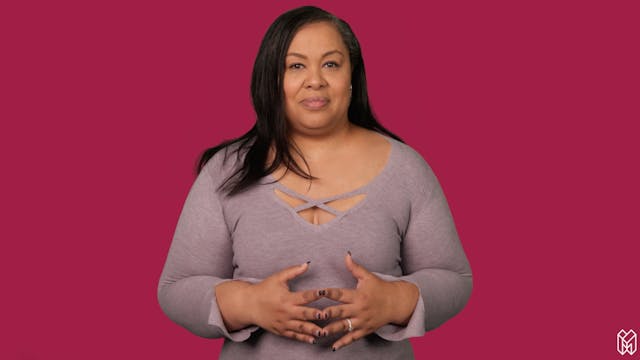Best Practices for Interacting with People Who Are Deaf or Hard of Hearing
Disability & Accessibility
•
2m 34s
Respectfully communicating and interacting with people who are Deaf or hard of hearing requires some consideration. Learn best practices for disability etiquette as they pertain to visual communication, lip reading, and sign language translators.
Up Next in Disability & Accessibility
-
Best Practices for Inclusion of Peopl...
Since invisible illnesses can’t be seen by others, they’re often trivialized and ignored. Follow these best practices to provide a safe and respectful work environment for employees with invisible illnesses and conditions.
-
What Is the Real Cost to Accommodate ...
Tap into a new talent pool by dispelling the common misconception that hiring people with disabilities is costly and complicated. Examine survey results confirming that organizations benefit in a variety of ways and that needed accommodations are typically no or low cost.
-
What is American Sign Language?
Expand your knowledge of what American Sign Language (ASL) is, and how it differs from spoken languages. Confirm how using an ASL interpreter accommodates people who are Deaf or Hard of Hearing and supports effective team communication.



